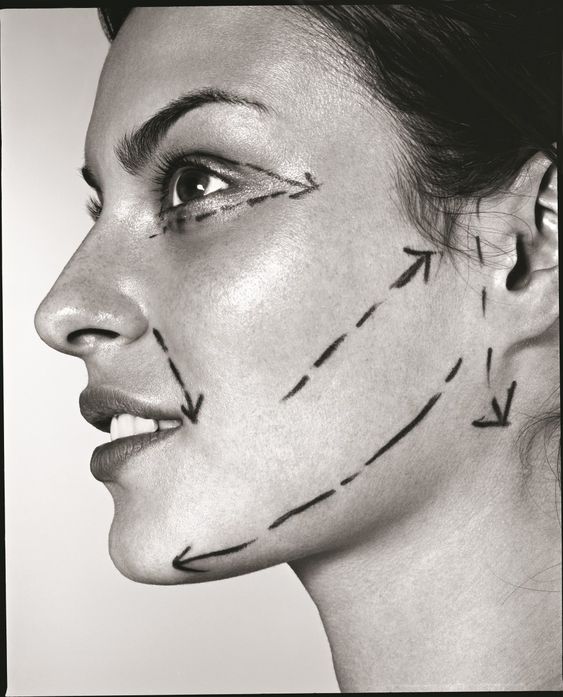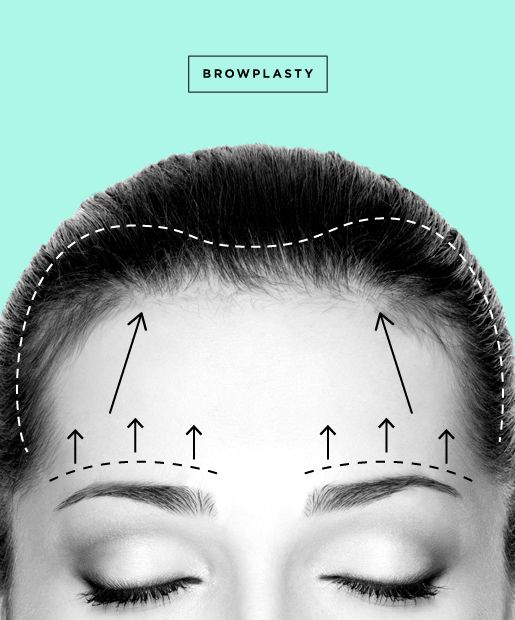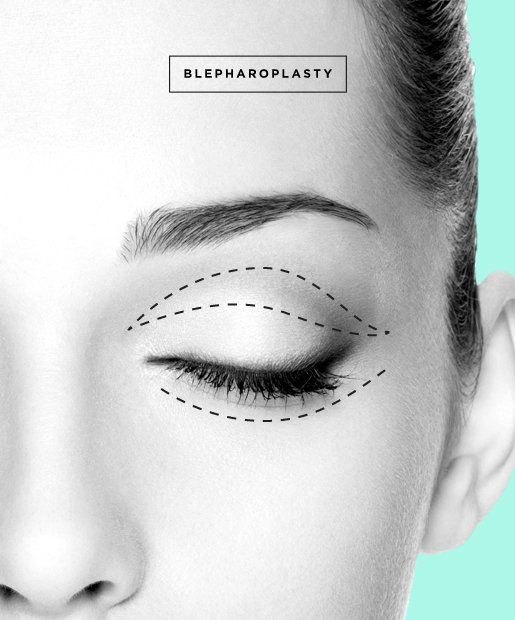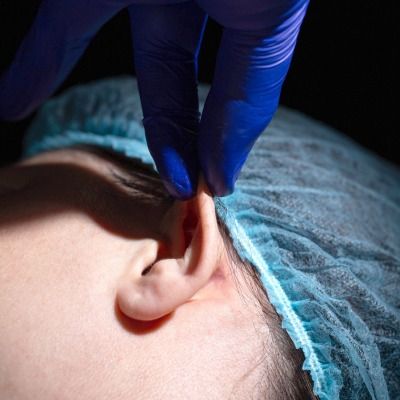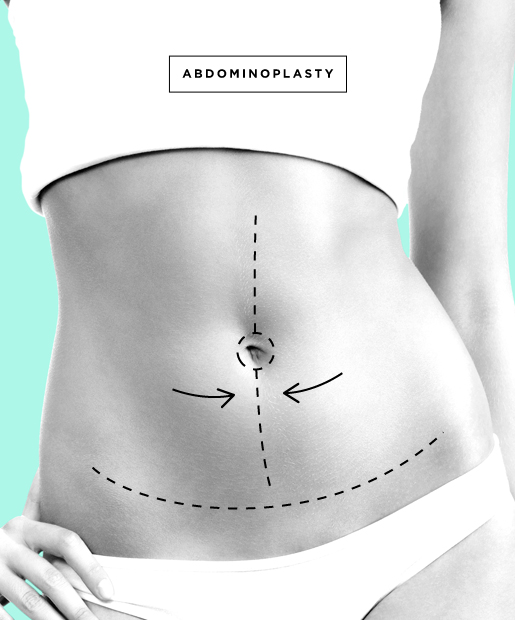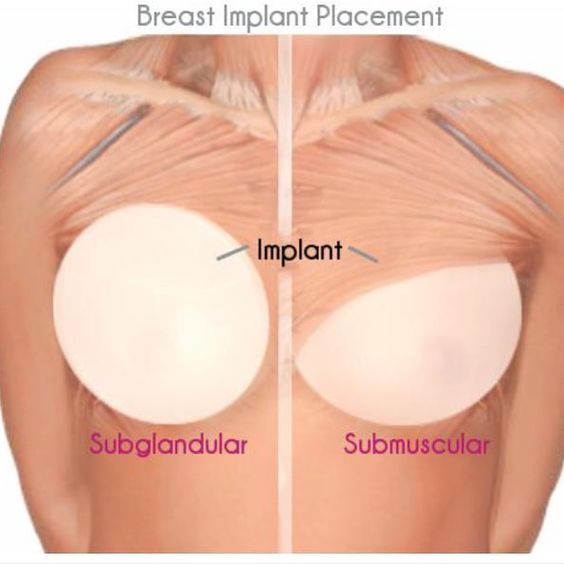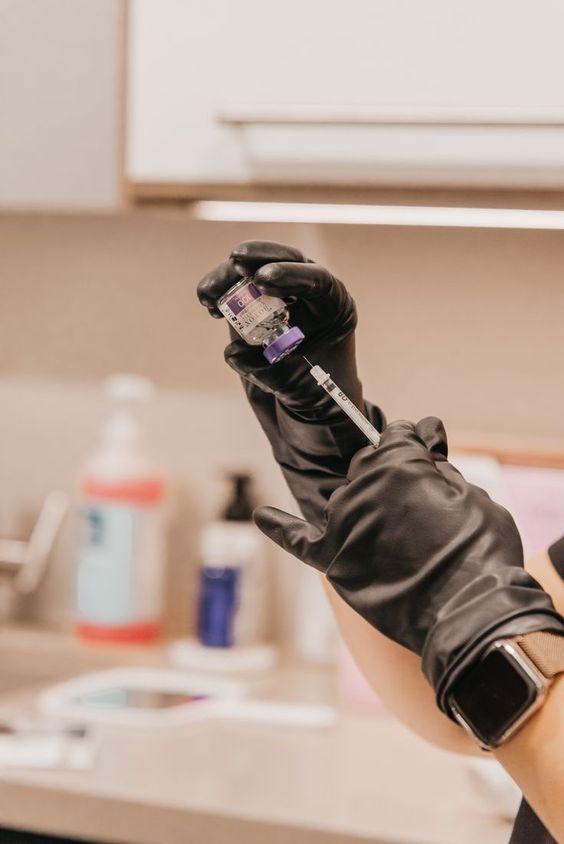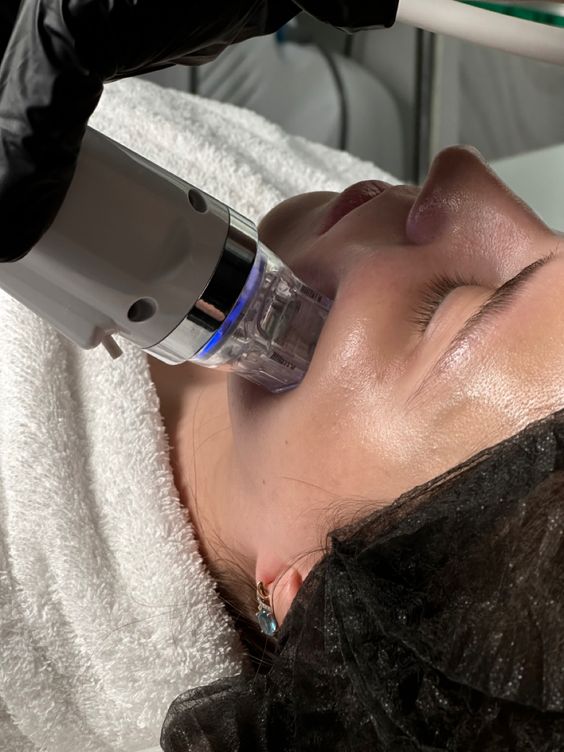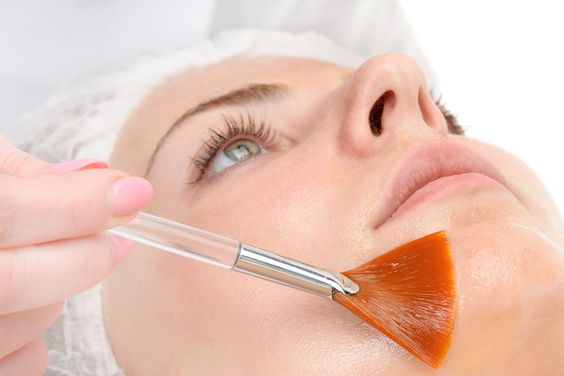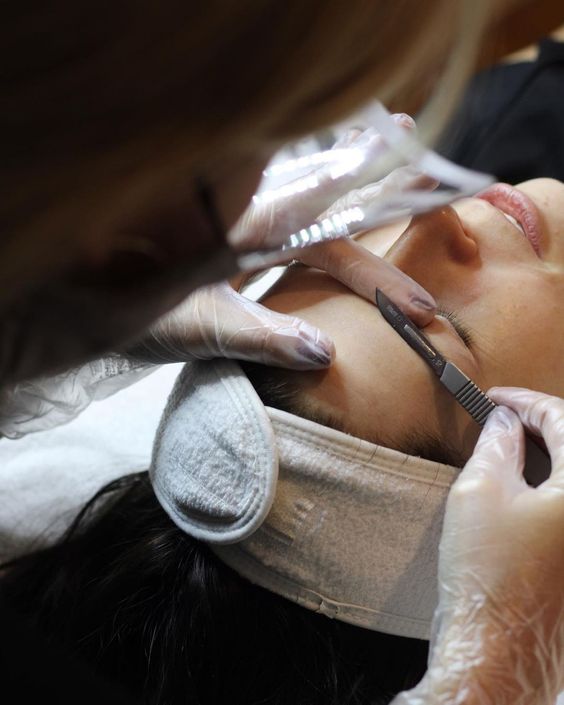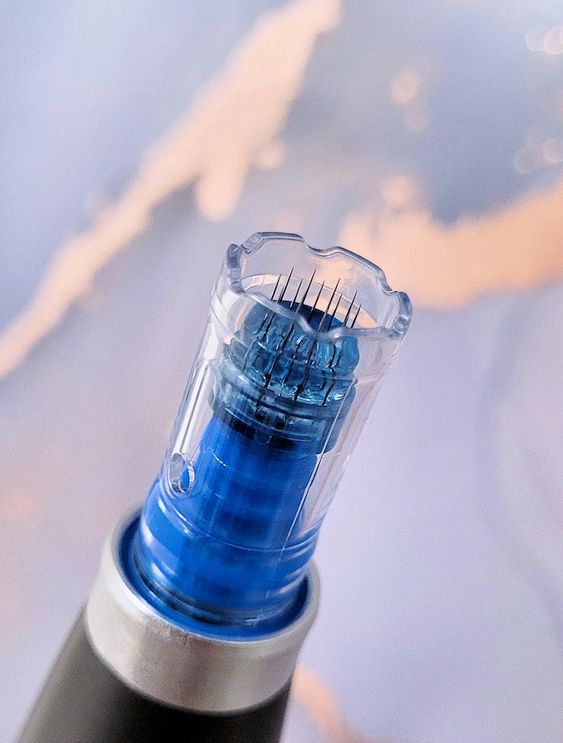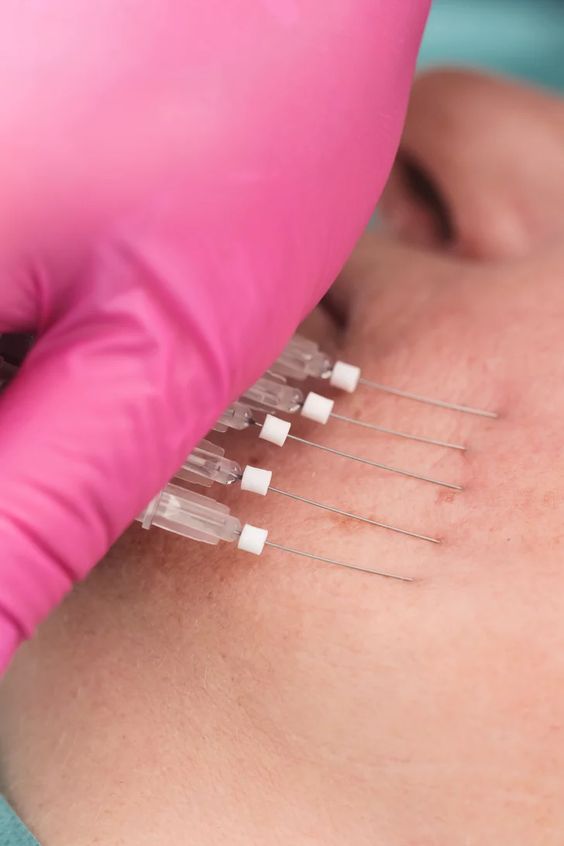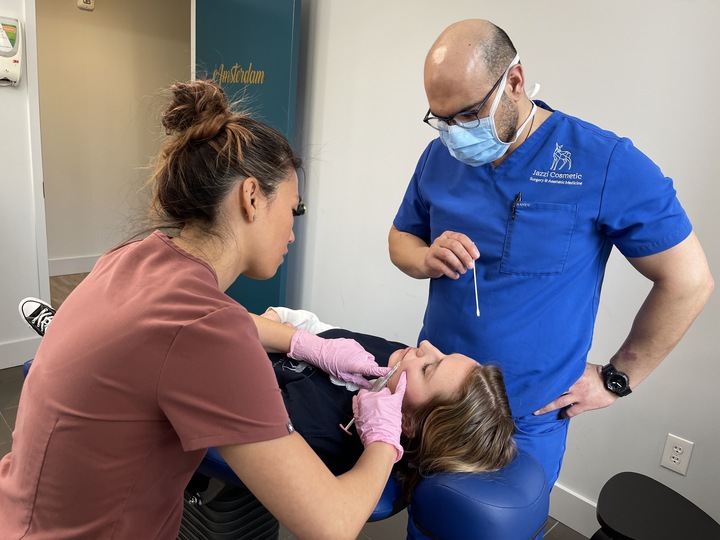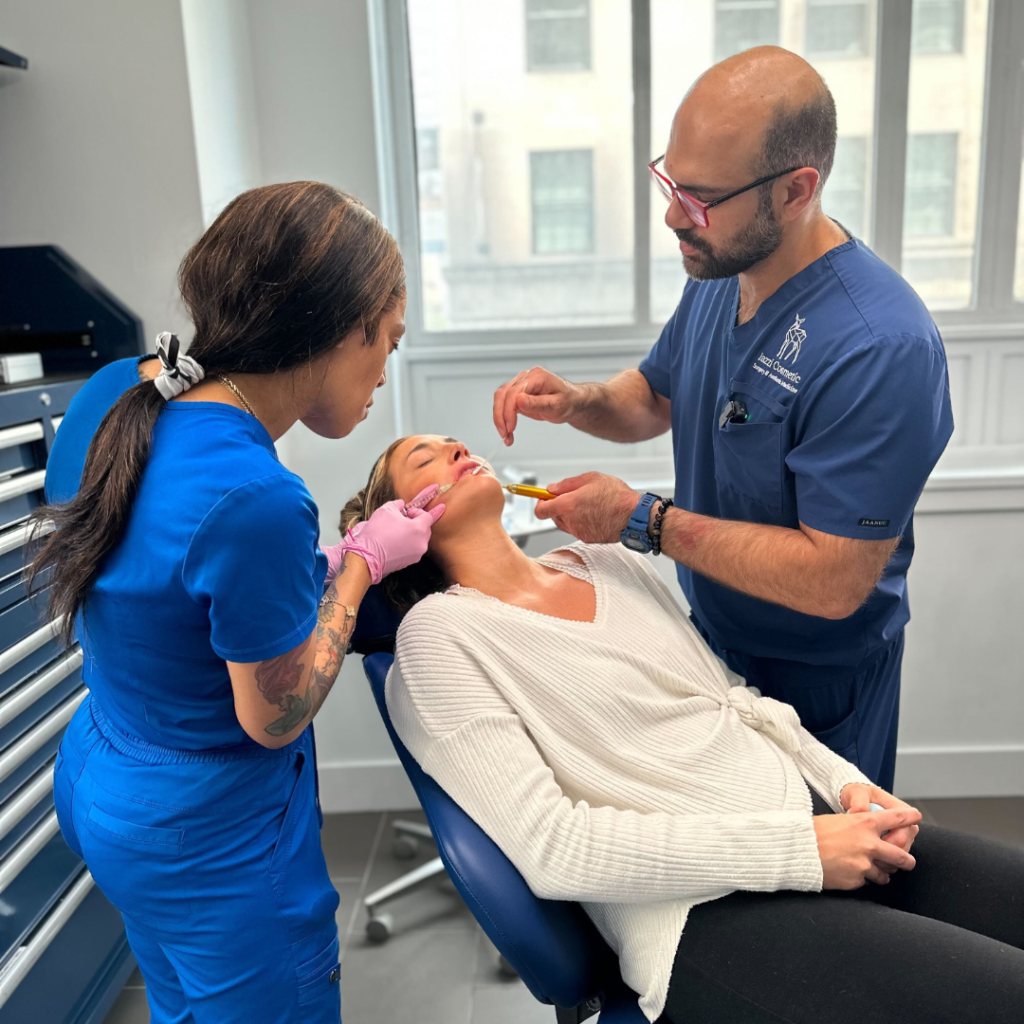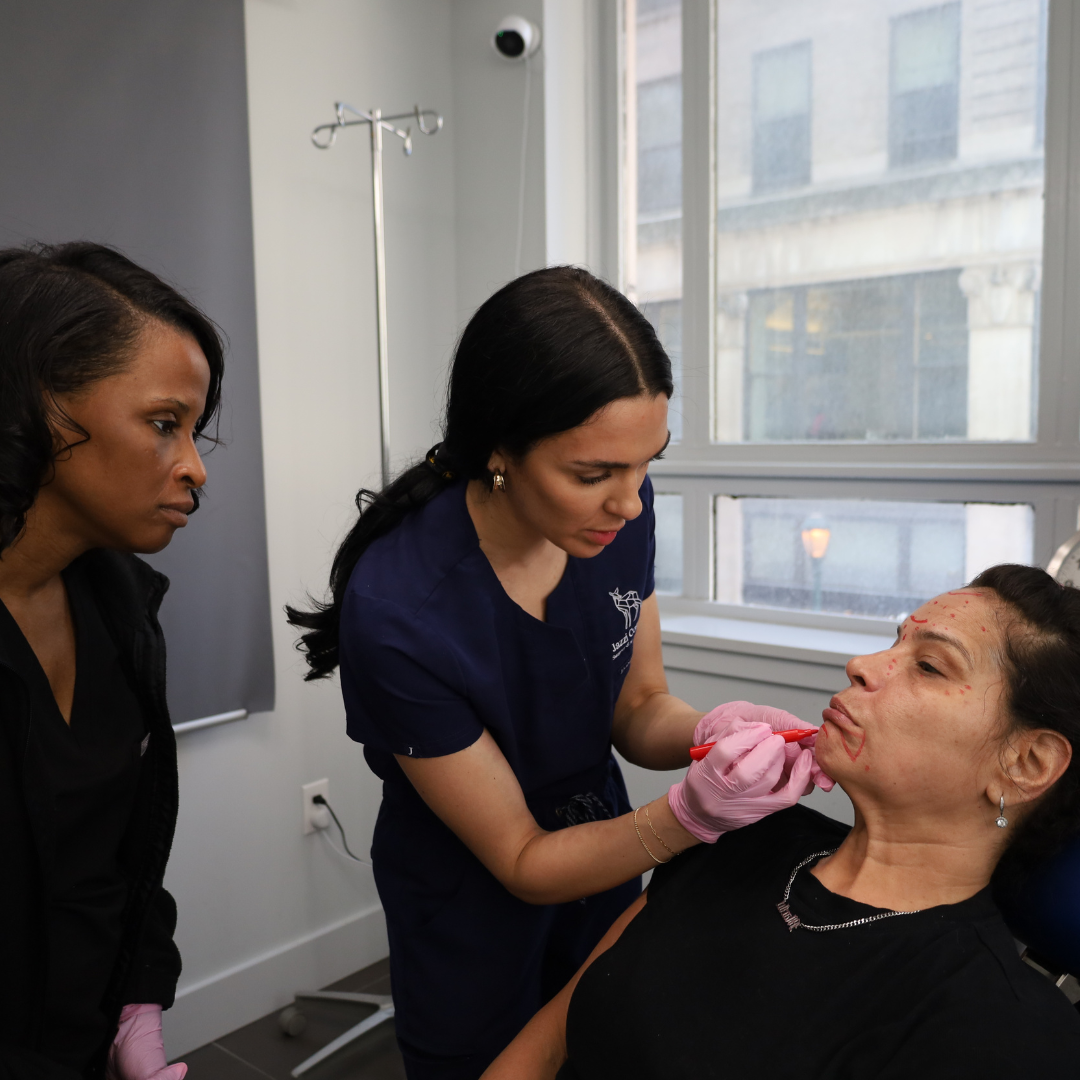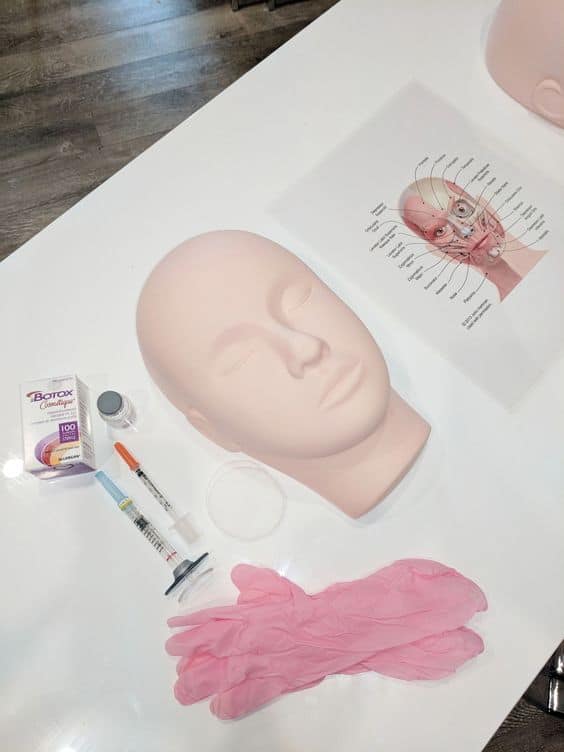A facelift, also known as rhytidectomy, is a surgical procedure that aims to reduce visible signs of aging on the face and neck. As we age, the skin loses elasticity, and gravity causes sagging, leading to wrinkles and folds. Facelifts can provide a more youthful appearance by tightening the skin and muscles in the face and neck.
How does a Facelift work?
During a facelift, the surgeon makes incisions around the ears and hairline, lifting and repositioning the skin and muscles. Excess skin is removed, and the remaining skin is tightened to give a smoother appearance. The incisions are then closed with sutures or staples.
There are different types of facelifts, including:
Traditional Facelift
The traditional facelift is the most common type of facelift. It addresses the mid-face, lower face, and neck, tightening the skin and muscles. This procedure is recommended for patients with moderate to severe sagging.
Mini Facelift
A mini facelift is a less invasive option that targets the lower third of the face, addressing mild to moderate sagging. The incisions are shorter than those of a traditional facelift, and the recovery time is shorter.
Neck Lift
A neck lift is a procedure that specifically targets the neck, removing excess fat and skin, and tightening the muscles. This procedure is ideal for patients with sagging skin and jowls in the neck area.
Am I a Candidate for a Facelift?
The best candidates for facelifts are in good health and have realistic expectations. Patients should also be non-smokers, as smoking can slow down the healing process and increase the risk of complications.
A consultation with a board-certified plastic surgeon is necessary to determine if you are a candidate for a facelift. The surgeon will evaluate your health, examine your face, and discuss your goals and expectations.
What to Expect During the Facelift Procedure?
A facelift is performed under general anesthesia, and the procedure can take several hours, depending on the extent of the surgery. After the surgery, you will be monitored in a recovery area before being discharged.
What is the Recovery Time for a Facelift?
The recovery time for a facelift varies from person to person, but generally, patients can expect to take 10-14 days off from work to allow for proper healing. Swelling, bruising, and discomfort are normal and can be managed with pain medication and cold compresses.
Are there any Risks or Complications Associated with Facelifts?
As with any surgery, there are risks and complications associated with facelifts, including bleeding, infection, and poor wound healing. Nerve damage, scarring, and asymmetry are also possible.
What are the Long-term Results of a Facelift?
The results of a facelift can last for up to 10 years, depending on the patient’s lifestyle and aging process. Maintaining a healthy lifestyle, including a balanced diet and regular exercise, can help prolong the results of the facelift.
How Much Does a Facelift Cost?
The cost of a facelift varies depending on the extent of the surgery, the surgeon’s experience and location, and the facilities used. On average, the cost of a facelift in the United States ranges from $7,500 to $15,000.
Why Choose Our Cosmetic Surgery Practice in Philadelphia, Pennsylvania for a Facelift?
Our cosmetic surgery practice, Jazzi Cosmetic Surgery & Aesthetic Medicine, in Philadelphia, Pennsylvania is led by board-certified plastic surgeons with years of experience in performing facelifts.
We understand that each patient’s needs and goals are unique, and we work closely with our patients to develop a customized treatment plan that addresses their specific concerns. Our state-of-the-art facilities and compassionate staff ensure that our patients receive the highest quality care before, during, and after their facelift procedure.
In addition, our practice offers various financing options to make the cost of the facelift procedure more affordable. We believe that everyone deserves to look and feel their best, and we strive to make that possible for our patients.
Conclusion
A facelift is a popular cosmetic procedure that can help reduce visible signs of aging on the face and neck. The procedure involves lifting and tightening the skin and muscles to provide a more youthful appearance. While there are risks and complications associated with facelifts, a consultation with a board-certified plastic surgeon can help determine if the procedure is right for you.
Our cosmetic surgery practice in Philadelphia, Pennsylvania offers experienced and compassionate care, state-of-the-art facilities, and financing options to help our patients achieve their desired results. Contact us today to schedule a consultation and take the first step towards a more youthful and confident appearance.
FAQs
How long does a facelift procedure take?
- A facelift procedure can take several hours, depending on the extent of the surgery.
What is the recommended age for a facelift?
- There is no specific age for a facelift. The procedure is recommended for patients who are experiencing visible signs of aging on their face and neck.
Is a facelift painful?
- Discomfort is normal after a facelift, but it can be managed with pain medication and cold compresses.
Will I have visible scars after a facelift?
- While there will be incisions made during the facelift procedure, the scars are typically hidden in the hairline and behind the ears.
When can I resume my normal activities after a facelift?
- Patients can expect to take 10-14 days off from work to allow for proper healing, but the recovery time varies from person to person. It is important to follow the surgeon’s post-operative instructions to ensure a successful recovery.



